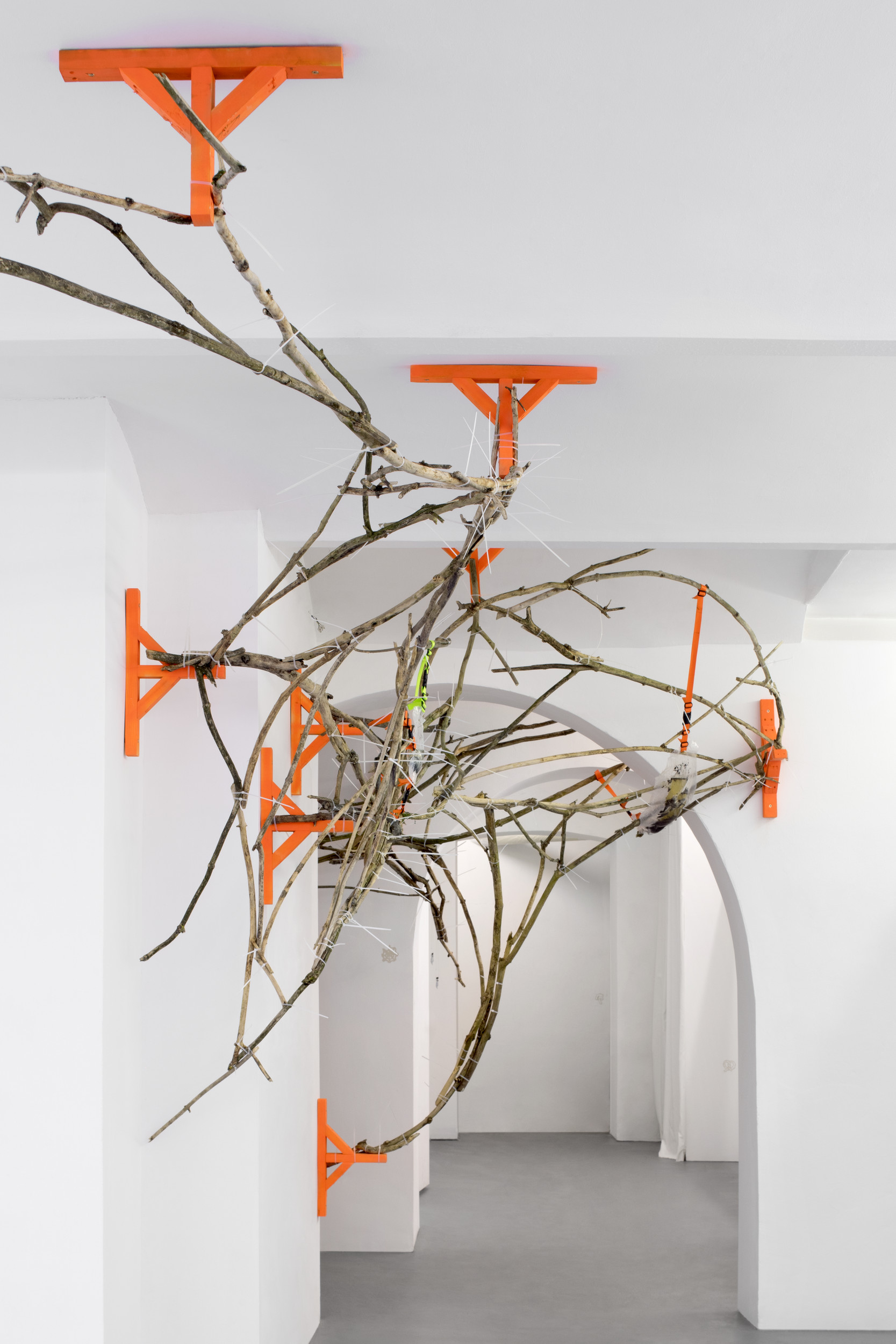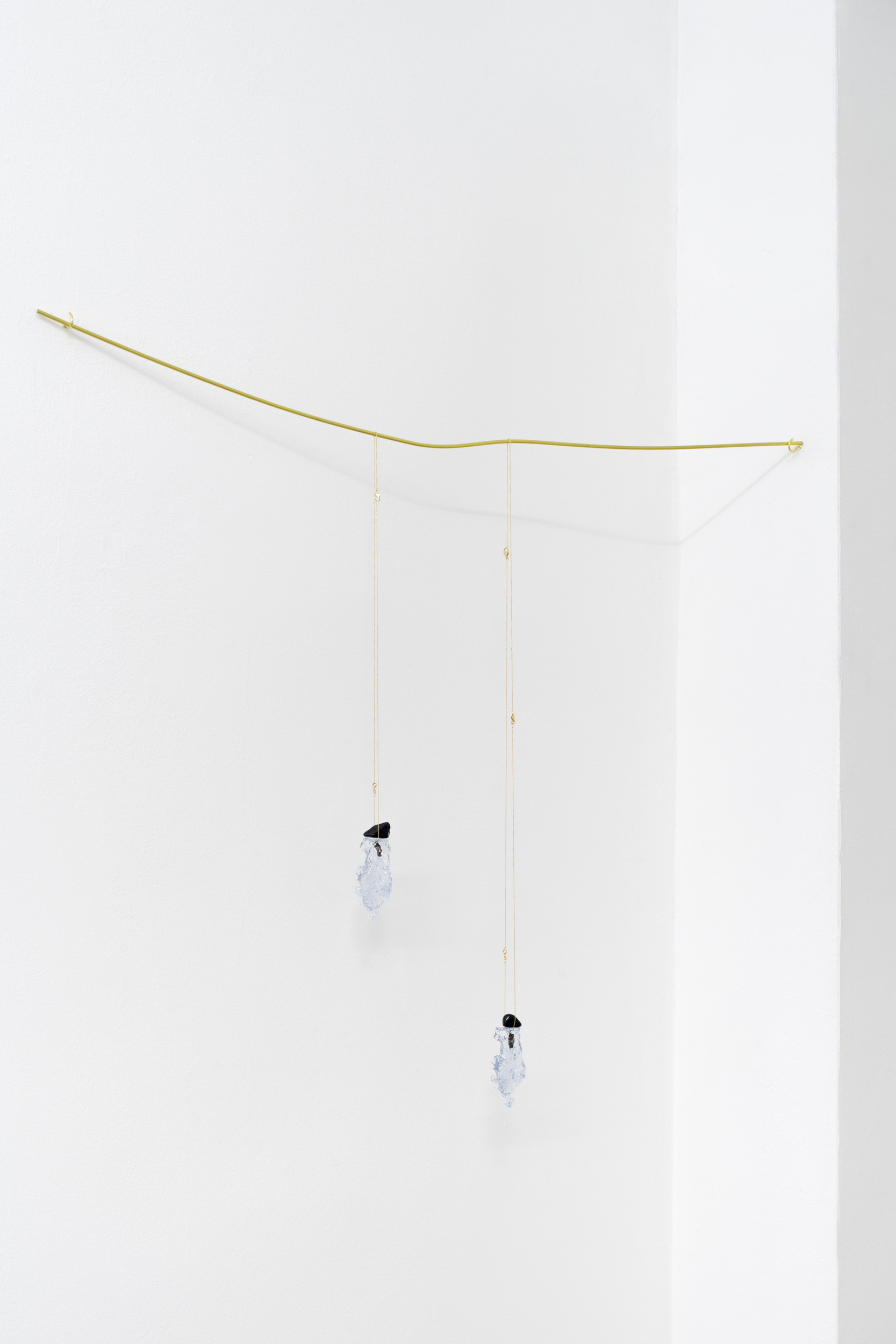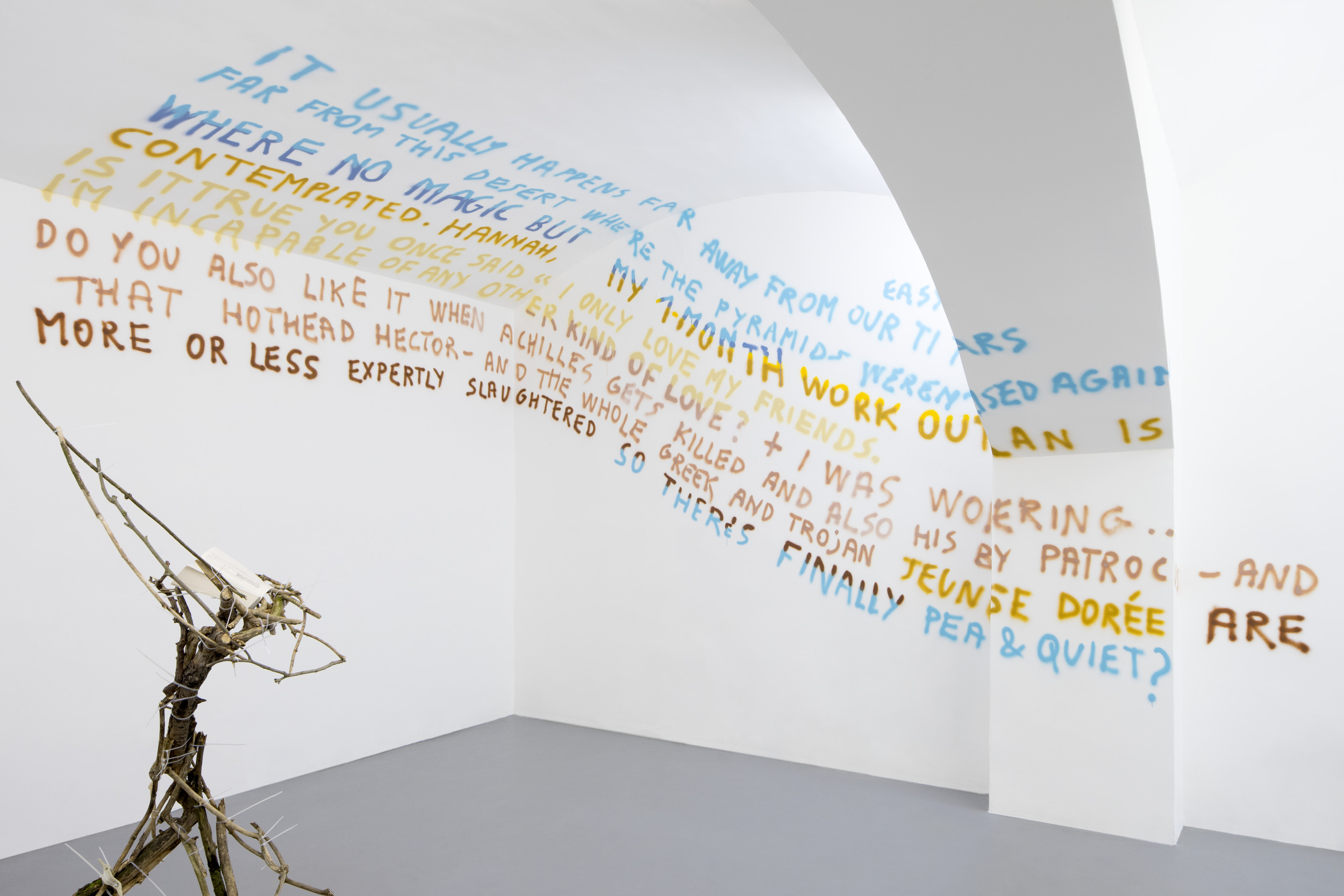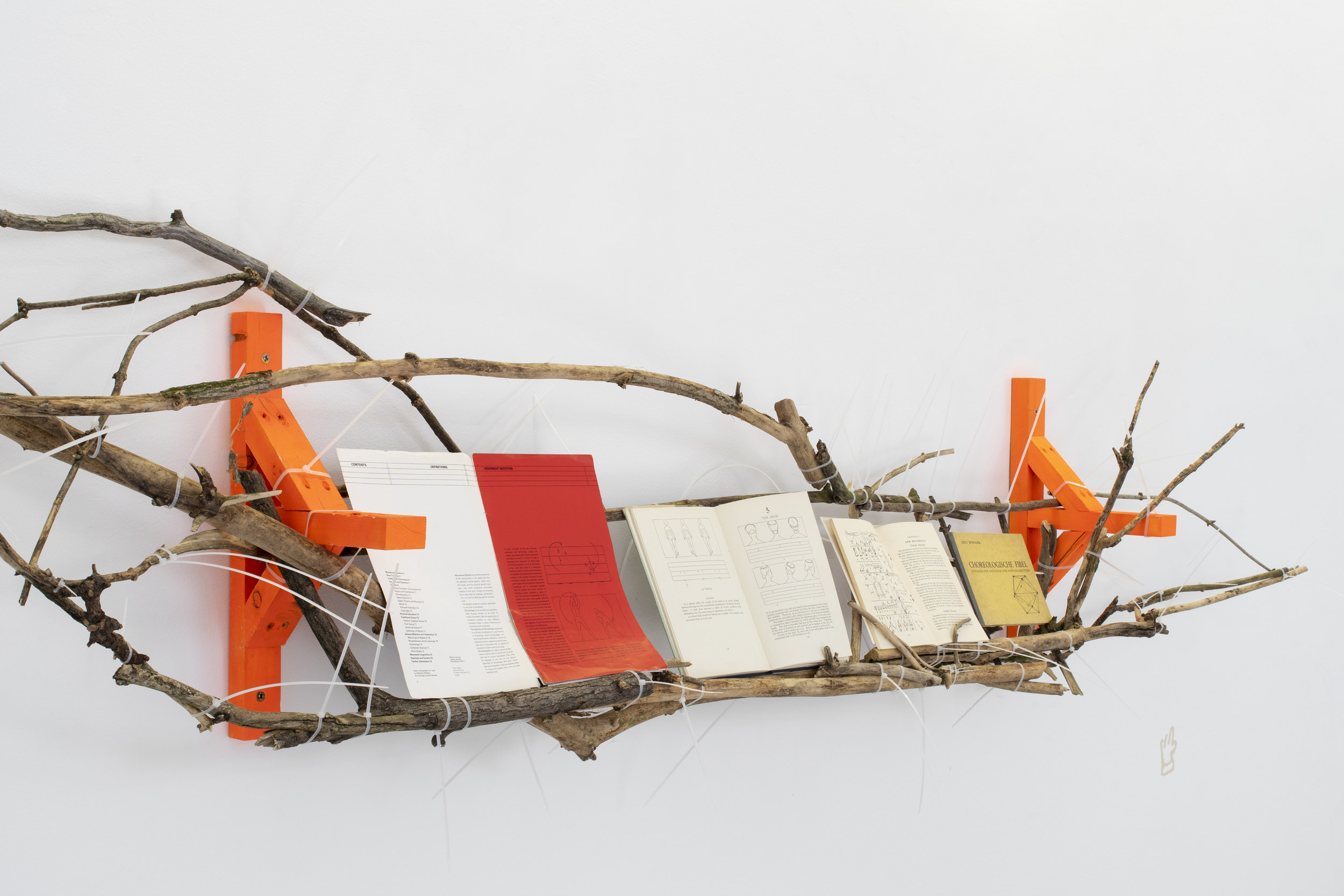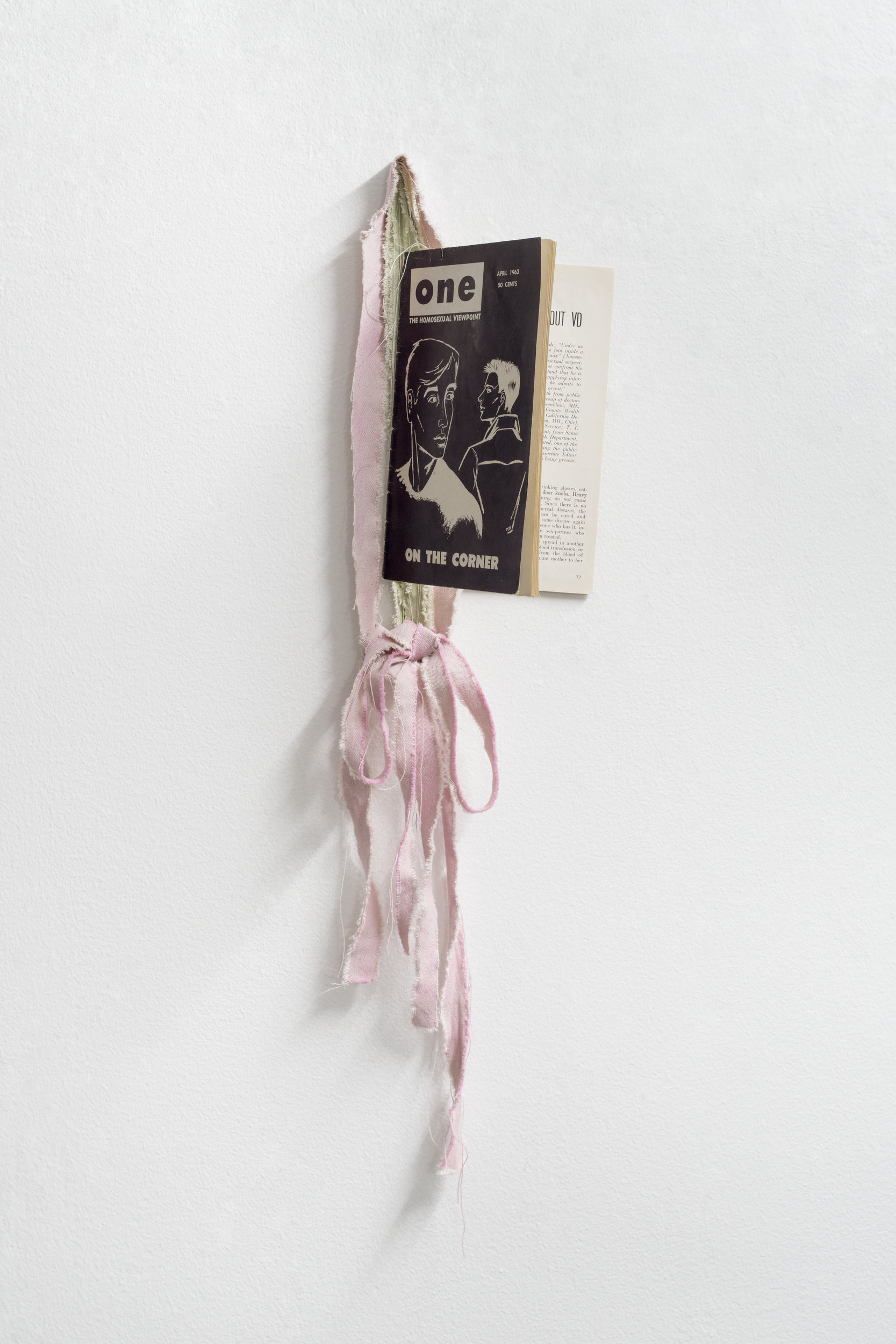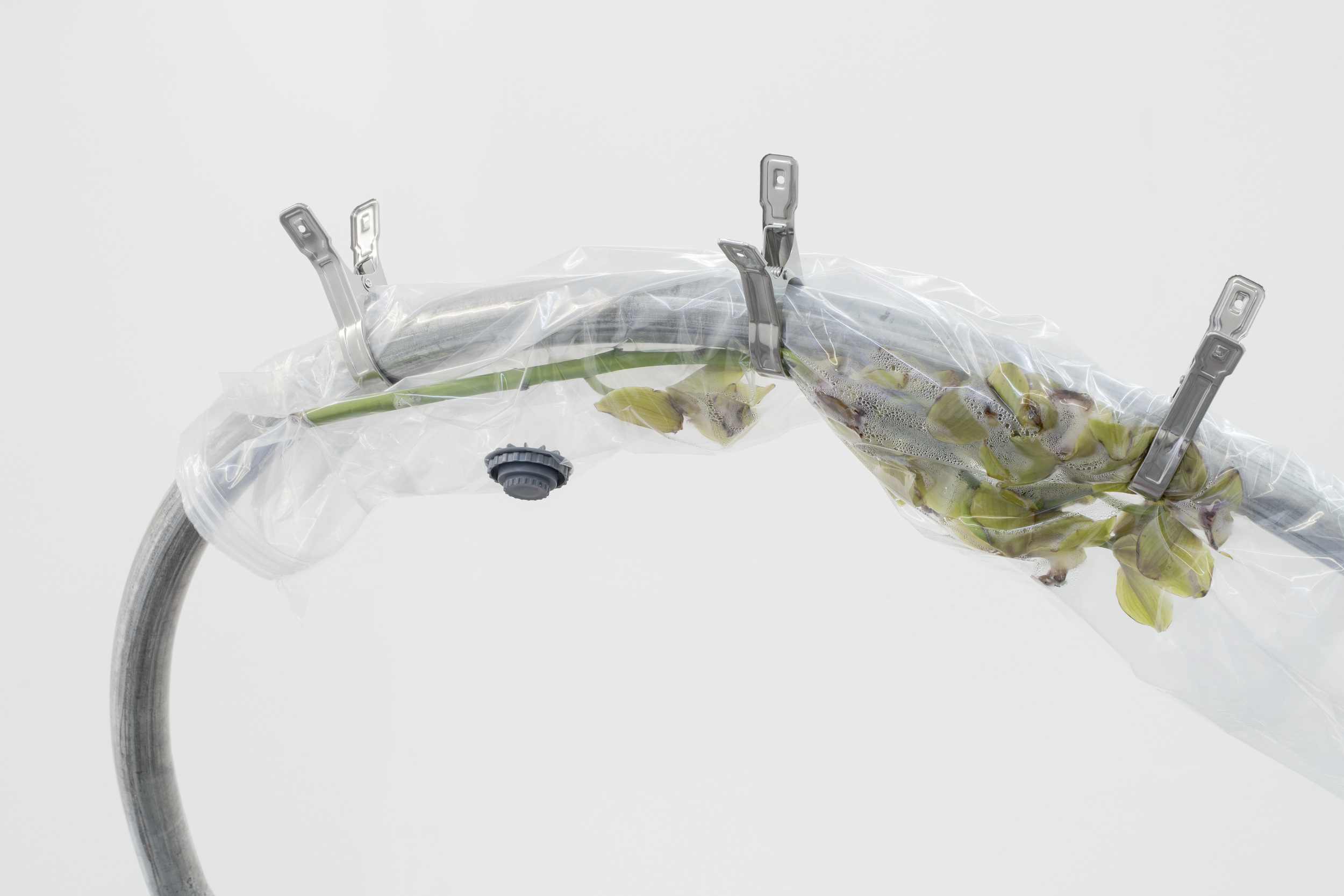Artists: Josefin Arnell, Matúš Buranovský, Veronika Čechmánková, Maria Gorodeckaya, Saemundur Thor Helgason, Lukáš Hofmann, Hope Recycling Station, Valentýna Janů, Sophie Jung, Nat Marcus, Magdalena Mitterhofer and Shade Théret, José Montealegre, Federica Partinico, Sóley Ragnarsdóttir, David Střeleček, Valinia Svoronou, Tereza Sýkorová, Tranzit, Andrew Wagner, Nico Walker and others
Exhibition title: A Guiding Dog for a Blind Dog
Curated by: Lukas Hofmann
Venue: Futura, Prague, The Czech Republic
Date: April 24 – June 17, 2018
Photography: all images copyright and courtesy of the artists and Futura
A guiding dog for a blind dog leads us into the medium of contemporary art itself, then pauses to sniff at the air around it.
The news is fake sometimes and the horizon’s relative. The flat-earth movement thrives while people are investing in competitive drone racing and building dwellings in the ocean; we started delivering lectures in saunas as works of art, but it’s still paintings that bankers buy. Normality has always been crafted into a condition by the interested powers and parties, made a brittle instrument to mark what’s abnormal, unreal, undesirable. The brace the word sits on, however, is of mesh, liquid. It’s nebulous. As soon as it designates a stable boundary, the demarcation jiggles and splits like foam. From this wet threshold, A guiding dog for a blind dog opens at Futura, curated by 2018 Jindřich Chalupecký Award nominee Lukas Hofmann / Saliva.
Hofmann is known for his durational performances—collections of sensuous information, ritual formats; embodied moodboards that seem to follow a set of unspoken principles like, well, life. Similarly, the group exhibition at Futura comprises an array of memorabilia, objects, artworks, performances and lectures; rather than enacting the axioms, however, these works carry out an examination of reality’s soft scaffold—the truisms by which we knew it becoming damp, and possibly tearing. Thematically, they range from the sociological construct of a workweek, to debates over the earth truly being round. And in their speculation, the works also form their own scaffold: veinous and measured, a mesh of branches and industrial cinches by David Strelecek hangs overhead in a connective node of the gallery; at eye-level, Soley Ragnarsdottir’s resin portrait of a dog; gesturing to the visitor’s shin from the ground is a skeleton, reclining on ledge of mortared tiles: a sculpture by Jose Montealegre.
The works of A guiding dog for a blind dog relate like a rootstock, connecting horizontally without a central axis, viewpoint or venue. Throughout the exhibition’s run, a number of live durational programs will send a pulse throughout this network—such as a one-act play exploring the identity of an institution, staged by the arts organization Tranzit; a performance and a lecture by Sophie Jung; and a recital in Prague’s venerable iSauna by Valentýna Janů. It may seem unorthodox for an art show to extend into steaming rooms enclosed in wood. Or not. It may be atypical to display fashion styling in the gallery setting, as is here with the work of Nico Walker. But the dialogue transpiring through this exhibition is as much about the codes of reality as the codes of contemporary art. Their boundary is, of course, more like a lattice than a wall.
Another story on the blueprint: A guiding dog for a blind dog also includes a linguistic composition modelled by Nat Marcus, the author of this press release. The text will act as an annotation and narration of the gallery exhibition, presented in the form of an artwork. Its next rendering will be in a catalogue designed and published by Parallel Practice; the volume will also collect documentation and a dossier of interviews with the artists. Perhaps you will read it less like a catalogue, and more like an almanac for the worlds turning Futura inside and out this spring, whether you find them flat or round. At the moment, you read its first tier—simply a diffusion of pixels.

